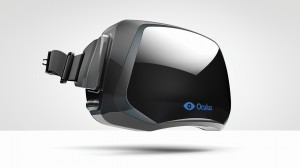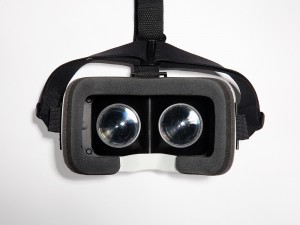Technology enthusiasts everywhere are talking about the Oculus Rift, a headset that could soon make the virtual reality experience a reality. This could revolutionize the gaming industry, if not everyday life.
Though not completely aligned with Clayton Christensen’s definition of disruptive innovation, the Oculus Rift is certainly a form of it. Samsung recognizes this, and has already cooperated with Oculus to form the Samsung Gear VR. Some businesses, especially those that provide platforms for gaming (such as Sony and their PS3), may view the Rift as an impractical, expensive, and unnecessary innovation. I disagree, even though it has not yet been put to the test on the market. In the not too distant future, I predict the companies not incorporating virtual gaming into their product line will be left behind, seeing a fate similar to that of Blackberry’s.
Some people, such as Carl Zeiss, see an opportunity with the Oculus Rift. Rather than cooperating with Oculus like Samsung, Carl Zeiss has formed his own virtual reality product, the VR One. Though nothing is set in stone, Zeiss’ VR One is predicted to have a slightly worse quality than the Rift and not support larger mobile devices. However, the VR One is also cheaper and supports a larger range of the smaller mobile devices. In every sense of Christensen’s definition, the VR One is a disruptive innovation of a disruptive innovation, and could very well outdo its Samsung and Oculus counterparts in the later stages of the virtual reality era if left unanswered.
For the original article, see this link.
Image sources:

